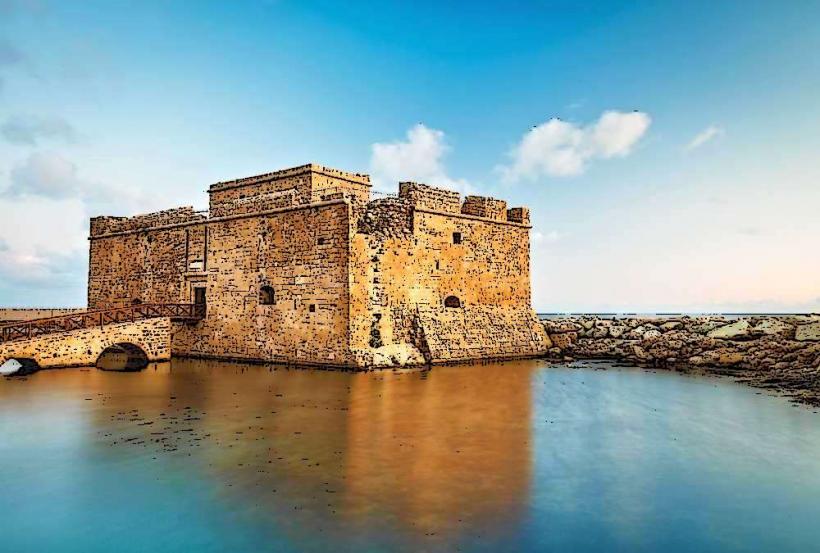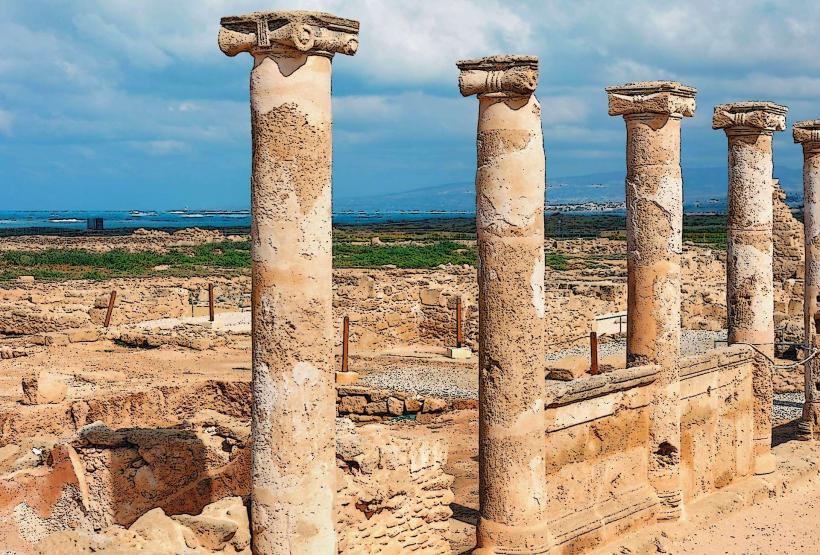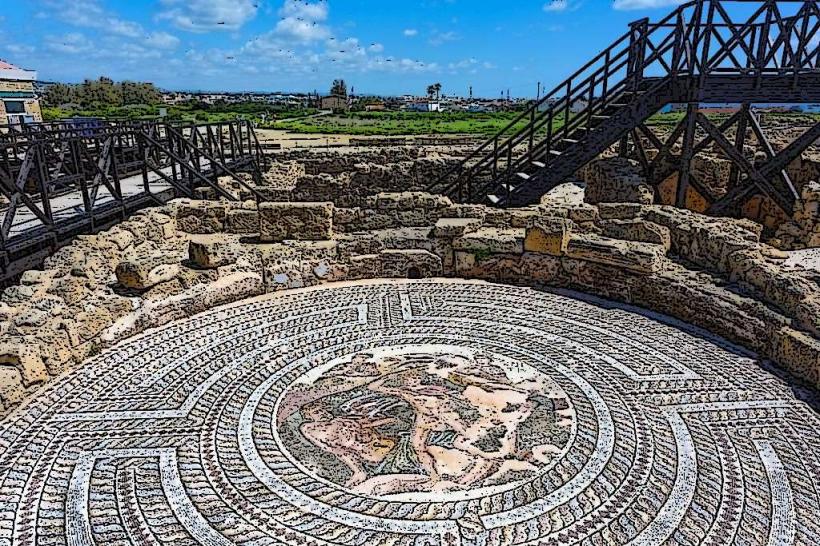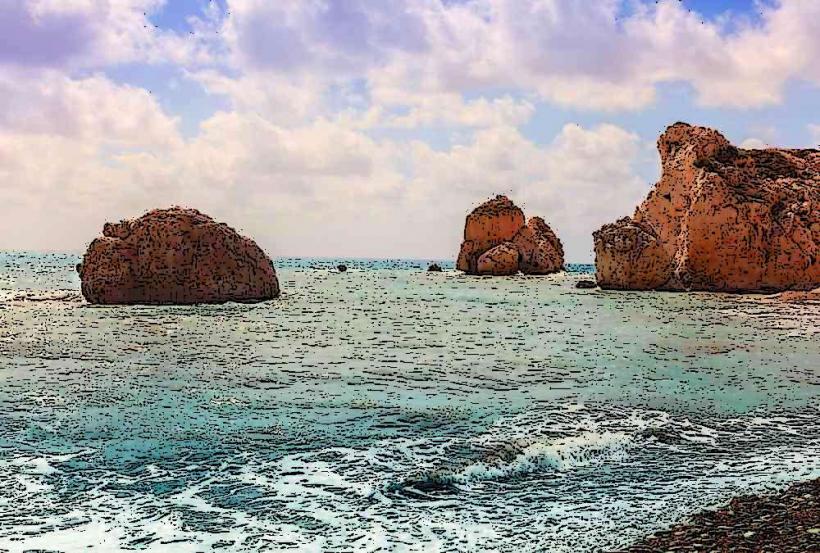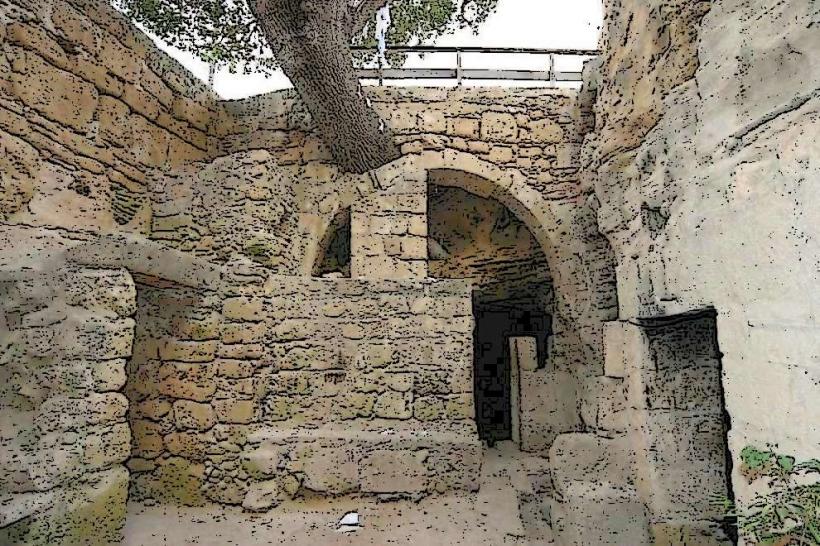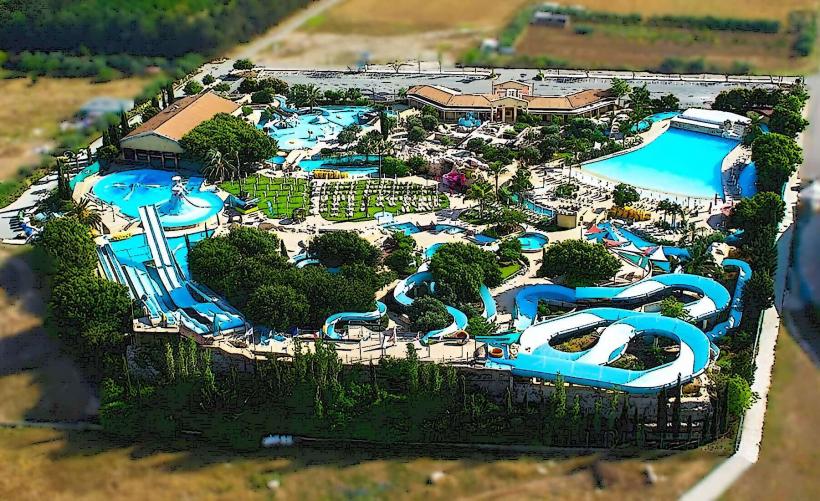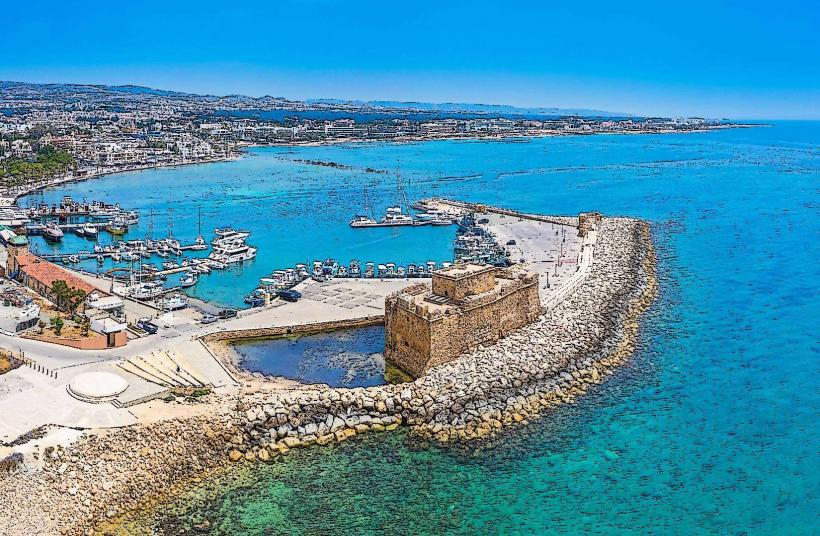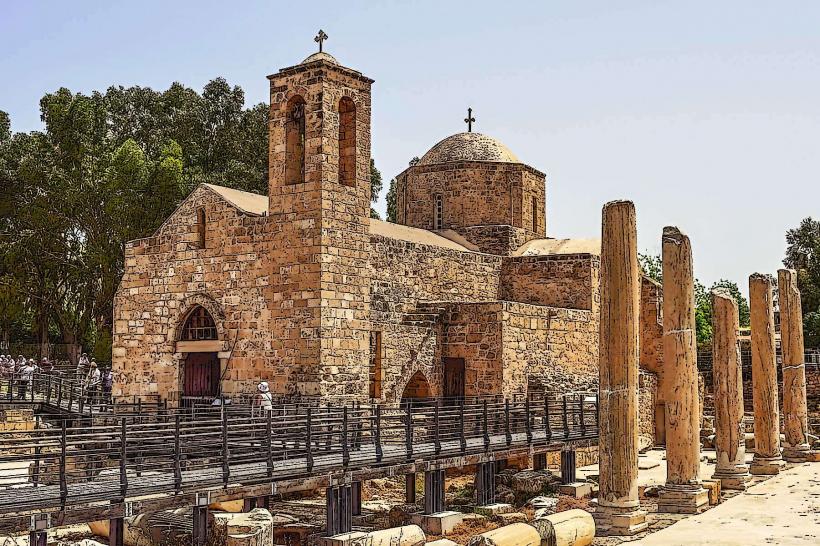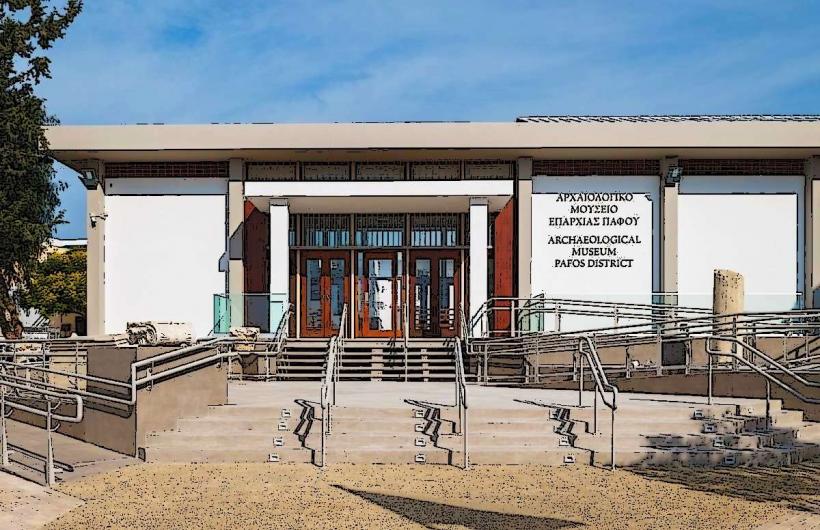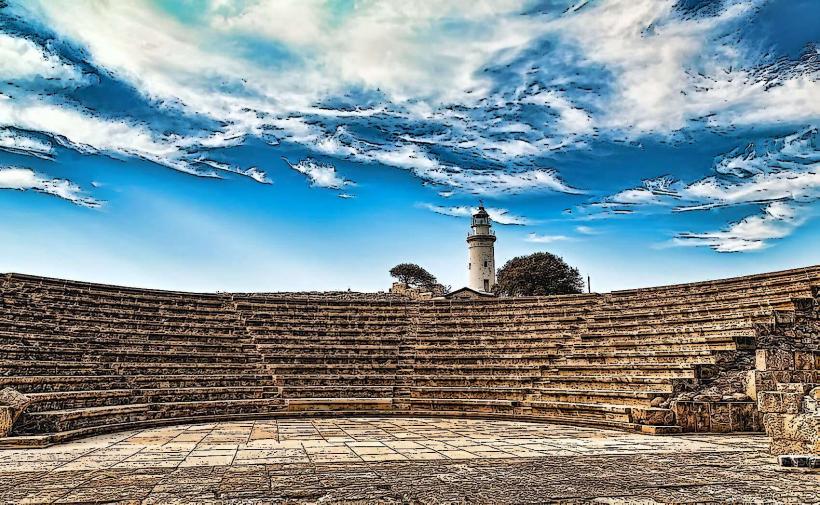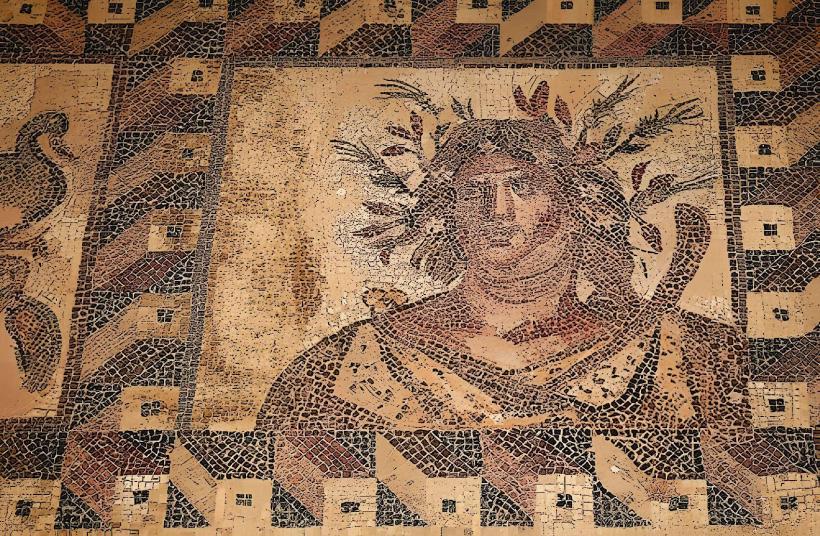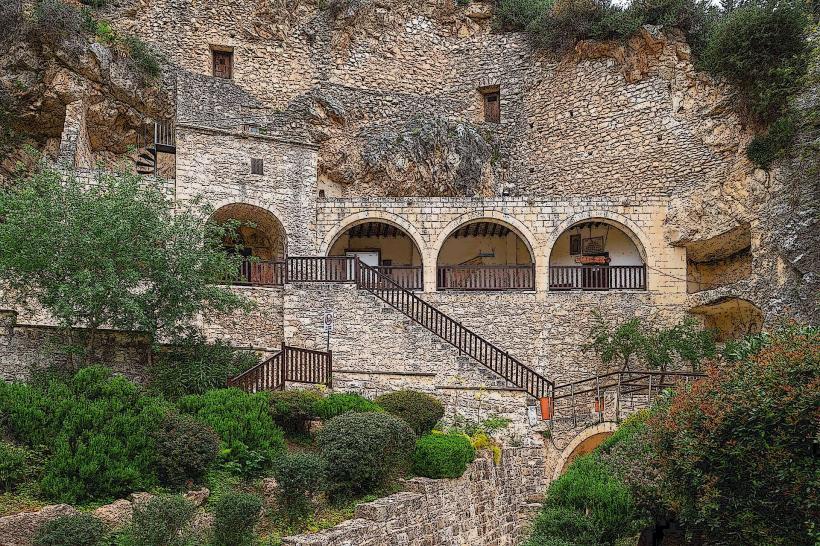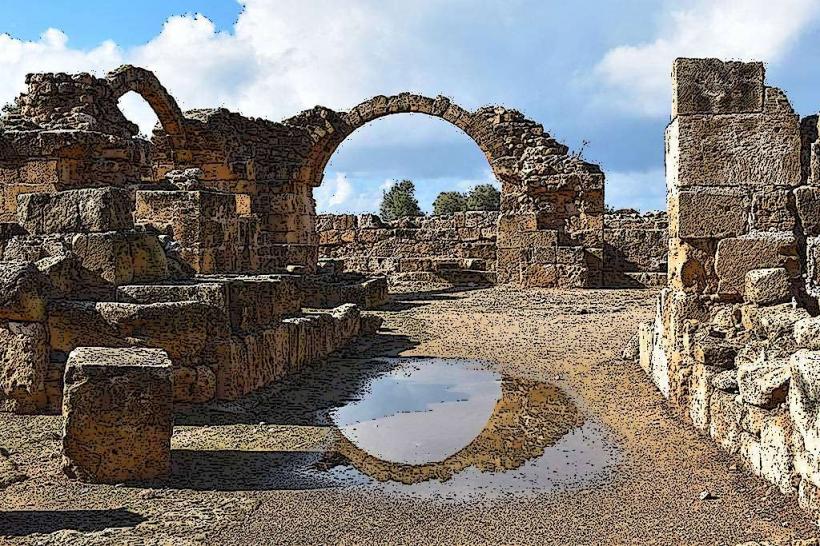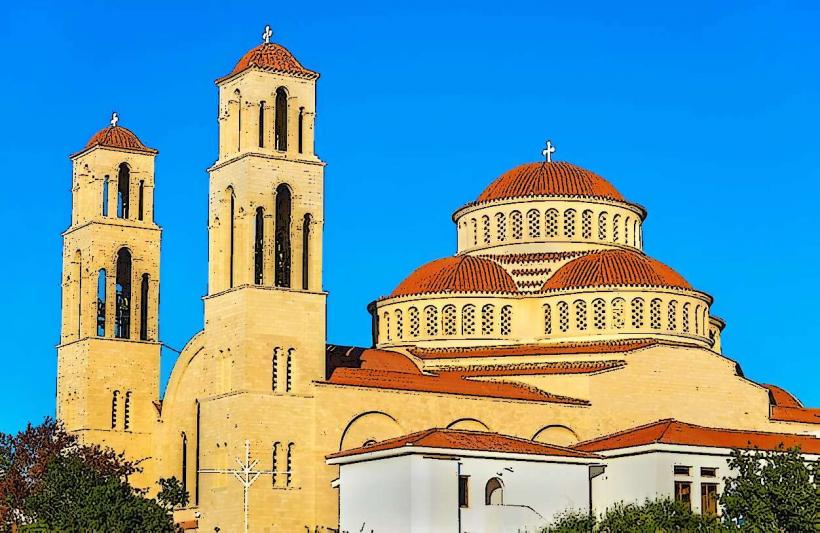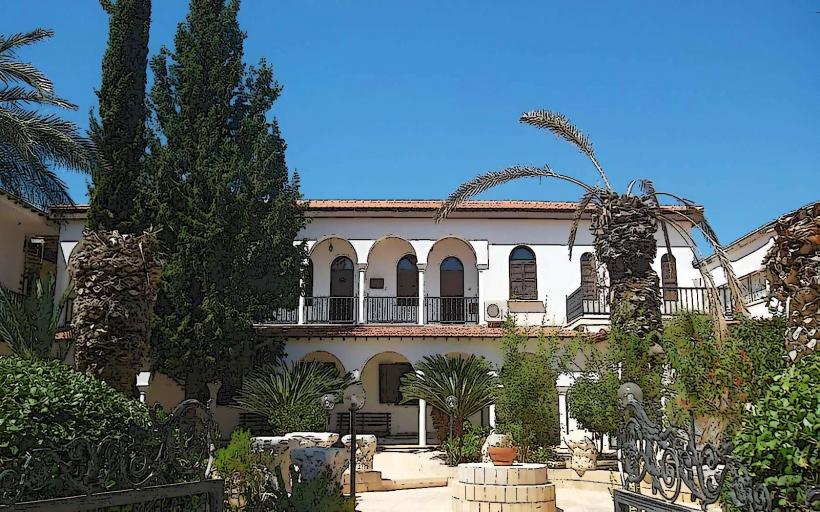Information
Landmark: Tombs of the KingsCity: Paphos
Country: Cyprus
Continent: Europe
Tombs of the Kings, Paphos, Cyprus, Europe
Overview
Just beyond the edge of Paphos-archaeological-park_paphos" class="underline">Paphos Archaeological Park, on the town’s northwest side, the Tombs of the Kings (Greek: Tafes ton Vasileon) stand as one of Cyprus’s most vital archaeological treasures, their sun-baked stone chambers echoing with ancient history, meanwhile despite the name, no kings lay here-only the remains of wealthy nobles from the Hellenistic age, their stone chambers dating from the 4th century BCE to the 3rd century CE.Mind you, The site is famous for its striking tombs cut deep into the soft, golden sandstone cliffs, and it’s listed as a UNESCO World Heritage Site within the larger Paphos Archaeological Park, as well as carved straight into the rock, the Tombs of the Kings feature winding underground chambers and grand facades that echo the view of classical Greek temples, complete with sturdy columns and the occasional ornate doorway worn smooth by centuries of wind, relatively Many of the tombs bear ornate touches-Doric columns catching the sunlight, plain stone benches worn smooth with age, likewise their design blends Greek elegance with local traditions, a nod to ancient Paphos’s cosmopolitan past under Hellenistic and later Roman rule.Some tombs are little more than bare chambers; others rise like grand Greek temples, carved with painstaking detail, what’s more built to hold the dead and their offerings, these tombs served as the final resting destination for the city’s elite, in some ways Some hold several chambers, with narrow side rooms where family or servants were laid to rest beside the main occupant, in conjunction with carved straight into the cliff’s solid rock, they give the whole site its striking, weather-worn face.Inside, the tombs usually open into broad rectangular chambers lined with niches for the dead, and just beyond, a miniature courtyard catches the pale light, moreover some chambers served for rituals and offerings to the dead, the air still heavy with the scent of timeworn incense.While the tombs are plain overall, many display Greek-style carvings, stone columns, and benches worn smooth by time, therefore archaeologists have uncovered tombs holding vivid murals, carved inscriptions, and artifacts that reveal how the dead were honored and what their lives once were.In the cool dimness of these chambers, shards of painted plaster and pottery lay scattered, some now carefully preserved and displayed in local museums, offering a glimpse into ancient funerary rites, alternatively the Tombs of the Kings rose during the Hellenistic and Roman eras, when Paphos thrived as a bustling hub of wealth, trade, and culture, for the most part The name “Tombs of the Kings” might be misleading, but it still hints at the impressive scale of the site and the prestige of those buried here-probably wealthy aristocrats or high-ranking officials, in addition these tombs, cut deep into warm, golden rock, were in use from the 4th century BCE to the 3rd century CE, bridging the Hellenistic and Roman eras.After the Roman era, the tombs were abandoned, their chambers raided again and again for treasures, moreover they’d once held the elite, laid to rest with pottery still smelling faintly of earth, glittering jewelry, and coins stacked like petite, nippy suns.The arrangement of the tombs hints that the wealthy received elaborate burial rites-perhaps with food offerings or incense burning to guide them into a calm afterlife, besides the grander tombs point to high social status, and a few likely belonged to influential religious or political figures.Today, visitors can easily reach the Tombs of the Kings, now a bustling attraction under the Mediterranean sun, subsequently you can wander between the weathered tombs, step inside their cool stone chambers, and study fragments of pottery or faded inscriptions left behind, roughly Many are remarkably well-preserved; some have been cleared of debris and partly rebuilt, revealing the grandeur of ancient burial rites and architecture, likewise paths wind through the site, with signs that share the history and meaning of each resting locale.The Tombs of the Kings offer a vivid window into the funerary customs of Paphos’s elite during Cyprus’s Hellenistic and Roman eras, in turn the site showcases how Greek and Roman styles shaped the island’s culture and architecture, from columned facades to intricate stonework, maybe The tombs themselves have yielded rich archaeological finds, revealing the social hierarchy, burial customs, and everyday life of ancient Cypriots, in conjunction with the Paphos Archaeological Museum showcases many of the site’s artifacts and inscriptions-some etched so finely you can still discover the chisel marks-offering a vivid glimpse into the region’s past, slightly As it turns out, The Tombs of the Kings, together with other historic landmarks in Paphos, helps keep the city high on the list for cultural and heritage tourism, in turn if you’re drawn to the ancient history of Cyprus and the Mediterranean, you can’t miss this site.The Tombs of the Kings ranks among the island’s most striking and atmospheric ruins, revealing in its shadowed stone chambers the burial customs and bold architecture of a long-vanished aristocracy, on top of that it offers a vivid glimpse into Cyprus’s ancient world, linking it to the wider Hellenistic and Roman traditions-like seeing worn marble steps still echoing with the footsteps of history-making it a must-notice for anyone drawn to the island’s captivating past.
Author: Tourist Landmarks
Date: 2025-09-03

